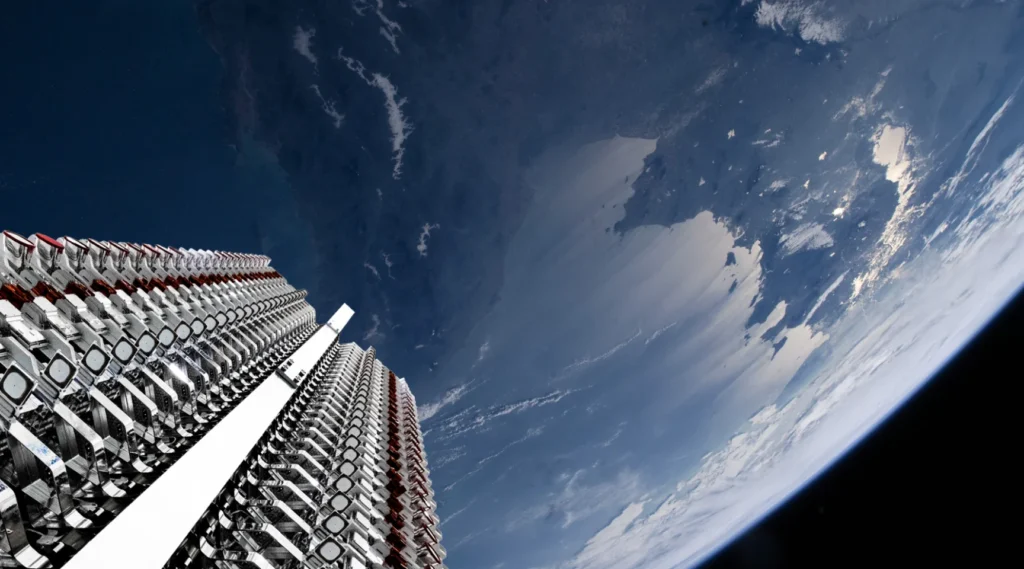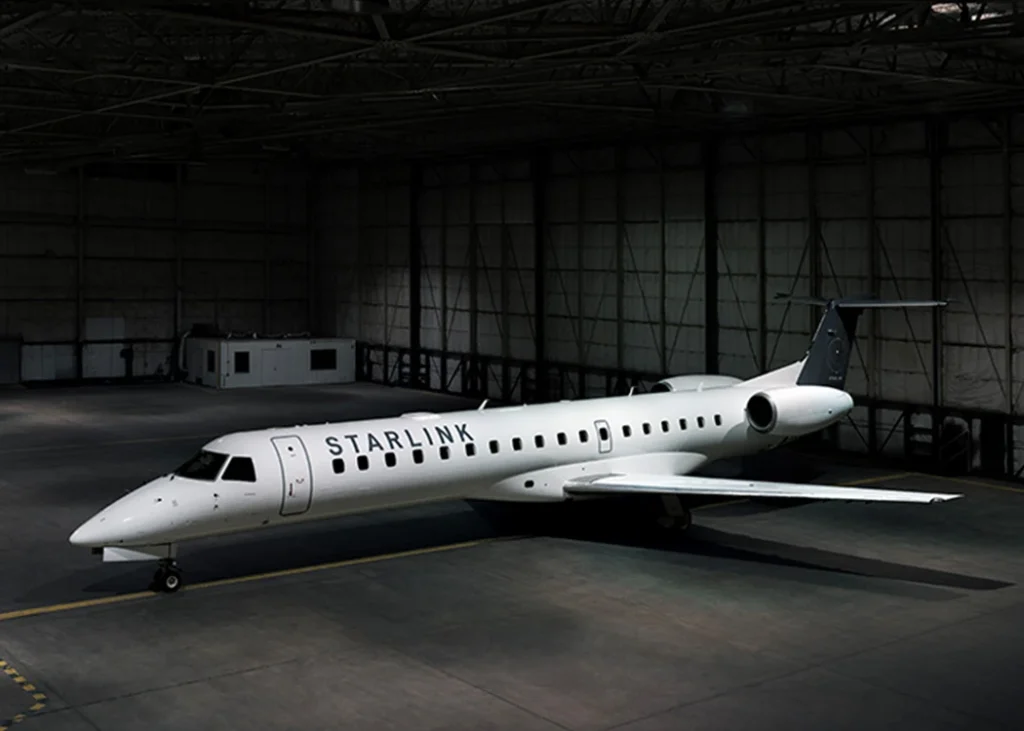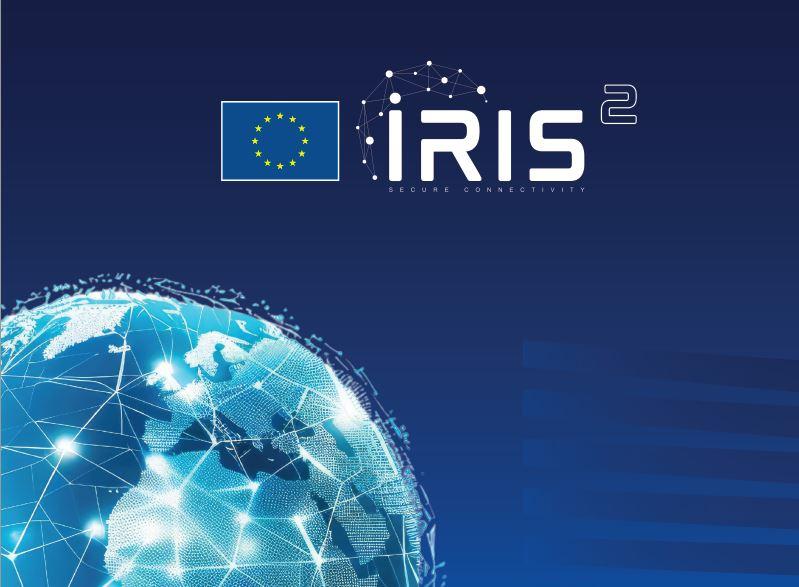Numbers, better organisation, money and the ability to get ahead of others. These are the factors that Starlink has used to establish itself as the world’s largest satellite constellation, exploiting low earth orbit to offer broadband internet. Potentially all over the globe. It is one of many creatures conceived by Elon Musk, but for several reasons, it is one of the most interesting and important for his future and that of ours. With the launch of two experimental satellites on 22 February 2018, Starlink began operations three years after it was founded by the current Tesla and X number to conquer the skies via an avalanche of satellites.
Work started much earlier; however, shortly after SpaceX was founded (2002), the team began exploring the possibility of creating a constellation of small satellites to bring the Internet to rural areas and the most inhospitable territories.
SpaceX’s needs then took over in the first phase, but by the middle of last decade, Starlink was back on the map, crunching numbers. With more than a hundred orbital launches last year, the company now has more than 7,000 satellites, a huge number when compared to competitors such as Iridium or Eutelsat.
A different, winning vision
The number is impressive, but it is a consequence of the system set up by Starlink, which is different from all companies already active in the satellite sector. The large size and the associated enormous costs of putting a few satellites into orbit were wiped out by a system that turned the scenario upside down: many small satellites so that several thousand could be sent into orbit to reduce costs.
In this way, whereas previously the satellites were placed in higher orbits to cover larger portions of territory, with the distance-generating slowdowns on the line, Starlink has hit the mark by making the satellites communicate with each other and with repeaters placed on the ground and connected with cable networks. So goodbye latency and hello to an efficient service that brings Internet connections everywhere.
Whether it is on land, for residential use, for boats on the water, for air transport, or for emergency situations and areas, Starlink always works and is simple.
It all starts with the user kit, consisting of an antenna to receive the satellite signal and the router to manage the connection and connect devices to the Internet. Available for both companies and private individuals, the kit for the latter costs 350 euros, and in addition, there is a monthly subscription of 29 or 40 euros (both with unlimited data, but in the first case, use is more limited). This is an acceptable cost for such an opportunity, which in the corporate sector involves a monthly fee of 50 euros and a kit costing 2,355 euros.





The goal is to convince governments
Starlink is currently available in about a hundred countries and has about 4.6 million subscribers. A low number compared to initial expectations but significant when compared to competitors (Iridium has 2.2 million customers), without forgetting that it takes a lot of money to support a constellation of thousands of satellites. This is why Elon Musk is becoming increasingly involved in politics, as the goal is to make agreements with as many countries as possible to expand the use of Starlink and secure private, corporate and government customers. In recent days, there has been talk of a €1.5 billion agreement with Italy, which is yet to be confirmed but is one of the necessary steps to accelerate Starlink’s business.
A possibility guaranteed by the development of Starshield, a system for the provision of services in the military and espionage fields that has the United States as its main interlocutor. But whose list is destined to lengthen precisely because of the effectiveness of the service and the influence that Trump’s America will exert on European countries?
As with electric cars and space transport, Musk is ahead of everyone in the satellite market, demonstrating his ability to anticipate others.
After the US, the focus is on Europe
Although it started later than several rivals, Starlink has quickly become the constellation model that others, including Europe, look to. If several countries seem interested in Starlink, it is also because there are no convincing alternatives. The long-awaited Iris² satellite communication programme announced by the European Commission is only alive on paper, despite the €11 billion guaranteed by private individuals and public institutions (European Union and European Space Agency). Entrusted to the SpaceRise consortium, which brings together the main European satellite operators such as Eutelsat, Hispasat and SES together with companies such as Airbus, Deutsche Telekom, Telespazio and Thales Alenia, the start of the project has been postponed from 2027 to 2030 and in the first phase it will count on 290 satellites.
The numbers compared to Starlink are merciless, and between now and 2030, who knows how much progress Musk’s company will make, not to mention other new players arriving in a potentially very lucrative market. This is why even if Amazon manages to strike a deal with the UK, Starlink seems unreachable at the moment and destined to take Europe by storm.



